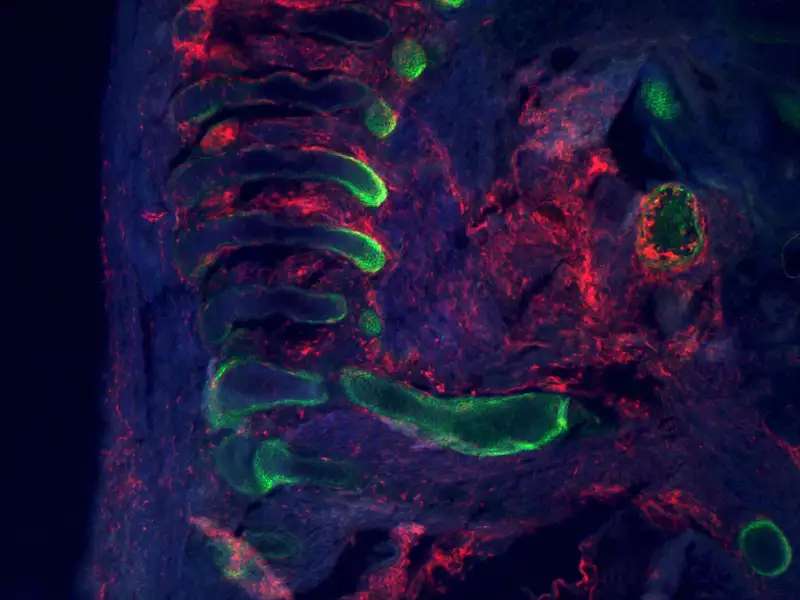The Arthur Ross Greenhouse, dedicated on October 8, 1998, is a state-of-the-art plant growth facility built on the roof of Milbank Hall for Barnard's Department of Biological Sciences. It replaces and occupies the site of a greenhouse built in 1928 for Edmund W. Sinnott who taught at Barnard from 1928 to 1940 and went on to become the Sterling Professor of Botany at Yale. He performed his classic studies on the developmental genetics of squash in the Barnard greenhouse. Although the greenhouse was actively used for research and teaching by both faculty and students, as time went by, its antiquated heating, plumbing, and ventilation systems and deteriorating equipment and structure greatly limited its utility.
The new facility has a custom-designed aluminum and glass shell and fully computerized heating, cooling, ventilation, lighting, and watering systems to provide independent, automatic climate control. Space was reconfigured to provide a central corridor so that each room could be entered independently, a more accessible staircase, and, for the first time, a small passenger elevator to provide access for the disabled and to facilitate transport of plants and supplies. Both staircase and elevator open directly into the greenhouse complex.
There is a central "peaked" room that acts as a general public space and conservatory, housing the teaching collection. The conservatory is flanked by two pairs of research bays that provide dedicated space for specialized research. Opposite the growing spaces are an office for the greenhouse coordinator, and a potting shed. The complex occupies about 3,400 square feet with more than 2,100 square feet under glass.
Visiting Hours: Fridays 1 - 3 pm
For groups wishing to visit the Arthur Ross Greenhouse, please email the Greenhouse Coordinator, Nick Gershberg (ngershbe@barnard.edu)
Back to top


